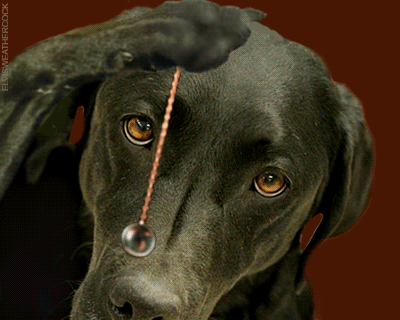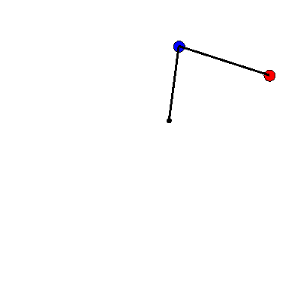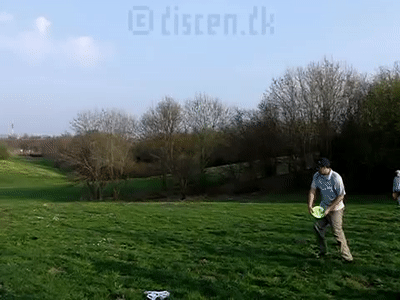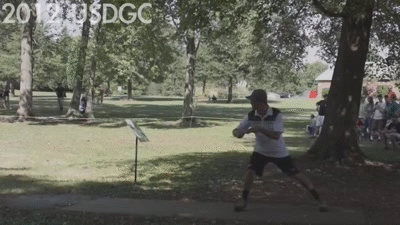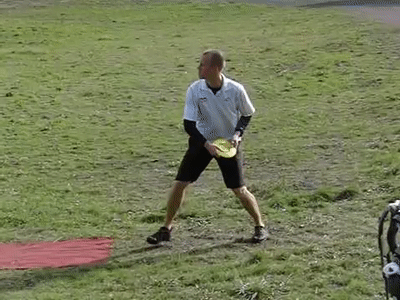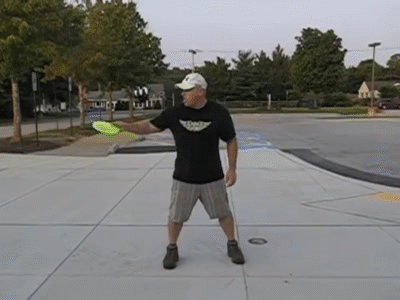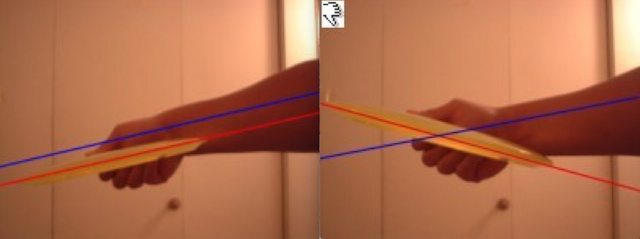- Joined
- Nov 2, 2008
- Messages
- 21,978
1. New Thread vs Old Thread
- If you have not started a thread in here, then by all means go ahead and start one. Just remember that this is blood in and blood out. I keed, I keed, don't take yourself or the critique/analysis too seriously or you will never make it out alive.
- If you have an existing thread in here then Do Not start a new thread. Find your old thread and post in it. This makes it easier to see changes and previous advice, and not having to repeat stuff.
2. Best Filming Practices:
- Keep camera stationary from start through followthrough/finish. Make sure to frame your whole body in the shot from feet to head. Do not cut off the finish!
- Film horizontal/landscape camera angle - Turn your phone sideways! Vertical/portrait camera angles suck! Widescreen was created for a reason - use it.
- Filming Angles - film from directly behind the tee and directly from the side of the tee you are facing during the throw. Two 90 degree 2-D camera angles allow you to better triangulate your 3-D balance. So much information is missing with only one camera angle. It is best if the camera is set at height between your navel and nips while standing upright. The more camera angles the merrier, but the others are not quite as useful. However if you can film from directly overhead/birdeye with a drone or from tree/roof of car - that is also very useful.
- Film Speed - It is best to include normal speed and slow mo, or high frame rate such as 240fps is best.
3. Best Throwing Practices:
- Throw neutral/stable putters, mids, and fairway drivers fairly flat or hyzer release angle. If you have trouble throwing your putters/mids for distance this is all the more reason to have these throws critiqued and really is the foundation to throwing higher speed discs properly as well.
- Same goes for throwing standstill, if you can't throw far from a standstill then your fundamentals are off and running through the x-step is just adding chaos and extra moving parts while trying to learn the basics.
- If Simon Lizotte can rip his putters over 500' then you know it's not a "power issue" if you turn and burn around 200' or less. It's your technique/form or lack of, and off axis/plane torque applied to the disc's trajectory causing issues/wobble.
- The "off-season" is the best time to work on things. If you are committed to working on your form, then you can not worry about scoring/performance in competition short term - be prepared to suck or be wild for a few months. If you go back into "competition mode" too early you will likely revert/regress back to old bad habits. Your "training mode" must be settled in before you can go back into "competition mode" and progress.
4. Best Form Models:
- You are best off modeling your own unique form from top pros that are physically built similar to you. You can still learn things from all the top throwers, the basic fundamentals are all there, but don't get caught up trying to mimic only one particular pro. Some pros are easier to mimic than others, and some pros do things I wouldn't advise/make it harder to learn or is a more advanced move.
- I've taken little pieces of form from numerous top pros and adapted them into my own.
5. Worst Advice:
- "Keep Your Head Down or Still" - While this may be well intentioned advice and even possibly produce some short term distance results, it is a terrible swing thought to have and can lead to serious injury down the road in the longer term. Beware!
- The appearance of the "head staying down or still" has nothing to do with your head, but what is happening underneath your head with your posture and lower body. Trying to keep your head in a static position during a dynamic throwing motion is a recipe for disaster. Ball golf studies have also consistently shown that keeping the head down or still actually slows down club head speed because it restricts your natural range of motion in the spine. So if you want to throw further and stay healthy, do not keep your head down or still.
http://www.golfchannel.com/article/golf-instruction/trying-keep-your-head-down-not-answer
- If you have not started a thread in here, then by all means go ahead and start one. Just remember that this is blood in and blood out. I keed, I keed, don't take yourself or the critique/analysis too seriously or you will never make it out alive.
- If you have an existing thread in here then Do Not start a new thread. Find your old thread and post in it. This makes it easier to see changes and previous advice, and not having to repeat stuff.
2. Best Filming Practices:
- Keep camera stationary from start through followthrough/finish. Make sure to frame your whole body in the shot from feet to head. Do not cut off the finish!
- Film horizontal/landscape camera angle - Turn your phone sideways! Vertical/portrait camera angles suck! Widescreen was created for a reason - use it.
- Filming Angles - film from directly behind the tee and directly from the side of the tee you are facing during the throw. Two 90 degree 2-D camera angles allow you to better triangulate your 3-D balance. So much information is missing with only one camera angle. It is best if the camera is set at height between your navel and nips while standing upright. The more camera angles the merrier, but the others are not quite as useful. However if you can film from directly overhead/birdeye with a drone or from tree/roof of car - that is also very useful.
- Film Speed - It is best to include normal speed and slow mo, or high frame rate such as 240fps is best.
3. Best Throwing Practices:
- Throw neutral/stable putters, mids, and fairway drivers fairly flat or hyzer release angle. If you have trouble throwing your putters/mids for distance this is all the more reason to have these throws critiqued and really is the foundation to throwing higher speed discs properly as well.
- Same goes for throwing standstill, if you can't throw far from a standstill then your fundamentals are off and running through the x-step is just adding chaos and extra moving parts while trying to learn the basics.
- If Simon Lizotte can rip his putters over 500' then you know it's not a "power issue" if you turn and burn around 200' or less. It's your technique/form or lack of, and off axis/plane torque applied to the disc's trajectory causing issues/wobble.
- The "off-season" is the best time to work on things. If you are committed to working on your form, then you can not worry about scoring/performance in competition short term - be prepared to suck or be wild for a few months. If you go back into "competition mode" too early you will likely revert/regress back to old bad habits. Your "training mode" must be settled in before you can go back into "competition mode" and progress.
4. Best Form Models:
- You are best off modeling your own unique form from top pros that are physically built similar to you. You can still learn things from all the top throwers, the basic fundamentals are all there, but don't get caught up trying to mimic only one particular pro. Some pros are easier to mimic than others, and some pros do things I wouldn't advise/make it harder to learn or is a more advanced move.
- I've taken little pieces of form from numerous top pros and adapted them into my own.
Bruce Lee said:Empty your mind, be formless. Shapeless, like water. If you put water into a cup, it becomes the cup. You put water into a bottle and it becomes the bottle. You put it in a teapot, it becomes the teapot. Now, water can flow or it can crash. Be water, my friend.
Adapt what is useful, reject what is useless, and add what is specifically your own.
Use only that which works, and take it from any place you can find it.
If you always put limits on everything you do, physical or anything else, it will spread into your work and into your life. There are no limits. There are only plateaus, and you must not stay there, you must go beyond them.
Don't fear failure. — Not failure, but low aim is the crime. In great attempts it is glorious even to fail.
A goal is not always meant to be reached, it often serves simply as something to aim at.
5. Worst Advice:
- "Keep Your Head Down or Still" - While this may be well intentioned advice and even possibly produce some short term distance results, it is a terrible swing thought to have and can lead to serious injury down the road in the longer term. Beware!
- The appearance of the "head staying down or still" has nothing to do with your head, but what is happening underneath your head with your posture and lower body. Trying to keep your head in a static position during a dynamic throwing motion is a recipe for disaster. Ball golf studies have also consistently shown that keeping the head down or still actually slows down club head speed because it restricts your natural range of motion in the spine. So if you want to throw further and stay healthy, do not keep your head down or still.
http://www.golfchannel.com/article/golf-instruction/trying-keep-your-head-down-not-answer
Last edited:
